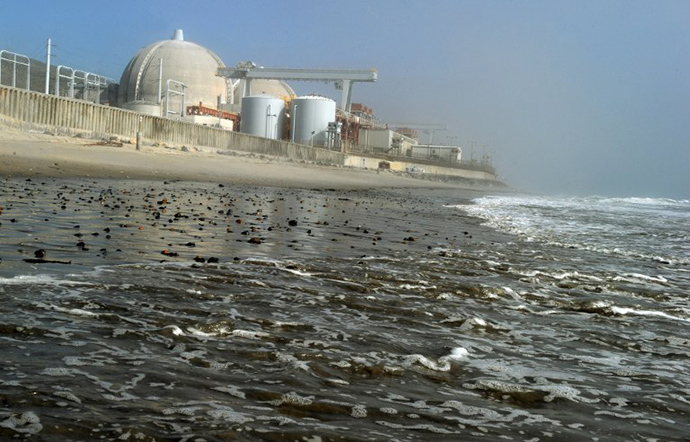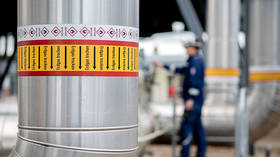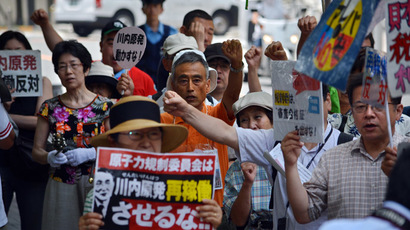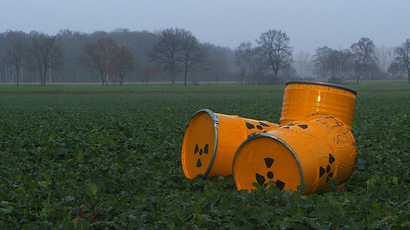Fukushima lessons: US nuclear plants ‘must be better equipped for offsite disasters’

US nuclear plants must be better prepared in case of emergencies, especially those connected with natural disasters, says a new nuclear report, adding that such a nuclear tragedy as the Fukushima disaster should be a lesson for the country’s plants.
The nuclear industry in the US “should access their preparedness for severe nuclear accidents associated with offsite-scale disasters,”says the new report dubbed “Lessons Learned from the Fukushima Nuclear Accident for Improving Safety of US Nuclear Plants.”
It adds that the current approach to nuclear safety is “clearly inadequate for preventing core-melt accidents and mitigating their consequences."
The study was conducted by the National Academy of Science (NAS). The US Congress asked NAS to examine the causes of the nuclear tragedy at the Fukushima Daiichi nuclear plant and to identify lessons which need to be learned by the US government.
The document says that the Fukushima accident raised the question of whether offsite emergency readiness in the US would be challenged if the country’s nuclear facilities are affected by a similar event.
After analyzing the lessons from the Japanese disaster, NAS outlines certain guidelines for US nuclear sites which they say will improve the “resilience of US nuclear plants and enhance US emergency response.”
The authors of the report advise that the US authorities should introduce “emergency response plans, including plans for communicating with affected population.”
“[It is] necessary to ensure that there are scalable and effective strategies, well-trained personnel, and adequate resources for responding to long-duration accident/scenarios.”

According to the report, the US safety regulations only concern “design-basis events.” In other words, the US authorities only ensure that the nuclear facilities are constructed to withstand certain specified system malfunctions, including equipment failures, loss of power, and inability to cool the reactor core.
However, these “design-basic-events” measures are not enough, says the report. The examples of the Fukushima Daiichi, Three Mile Island (March 28, 1979), and Chernobyl disasters (26 April 1986) were all initiated by far more than design-basis events.
Things like natural disasters and human errors "have the potential to affect large geographical regions and multiple nuclear plants," said John Garrick, a nuclear engineer and co-author of the study, as cited by the AFP.
“These include earthquakes, tsunamis and other geographically extensive floods and such things as geomagnetic disturbances,” he added.
The US authorities also “need to do a soul searching when it comes to the assumptions" of how to deal with worst case events, according to engineering professor Najmedin Meshkati, the panel's technical adviser from the University of Southern California.
Engineers should "think about something that could happen once every, perhaps 1,000 years," but that's not really part of their training or nature, he said , reported AP. "You have to totally change your mode of thinking because complacency and hubris is the worst enemy of nuclear safety."
Nuclear power in the United States, the world's largest supplier of commercial nuclear power, is provided by 100 commercial reactors (65 pressurized water reactors and 35 boiling water reactors).
There have been several nuclear power plant accidents with more than $140 million in property damage. The latest was in February 2010 at Vermont Yankee Nuclear Power Plant in the town of Vernon, when deteriorating underground pipes leaked radioactive tritium into groundwater supplies. The accident cost the US government about $700 million.














